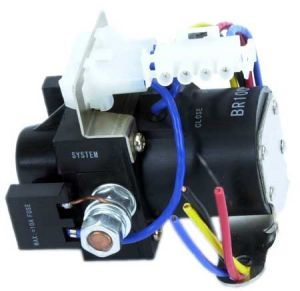This might sound weird and I might get laught on, but I'm just wondering if I'm the only one with this "fear".
I always disconnect the battery (I have installed a battery dosconnect switch) when I park my '74, even on meets. I'm worried about a fire caused by the battery. I mean, if I turn off the car and the battery is connected, there's still some load on the wires, right? I just think due to the age of the wiring, isn't it possible to cause a fire when the battery isn't disconnected?
I have to say, I've had two incidents with the wiring that almost ended in a fire (broken original amp. meter that ended pretty bad and a blown fuse)




















